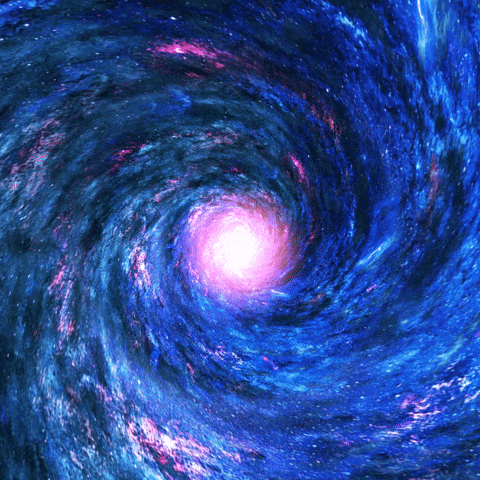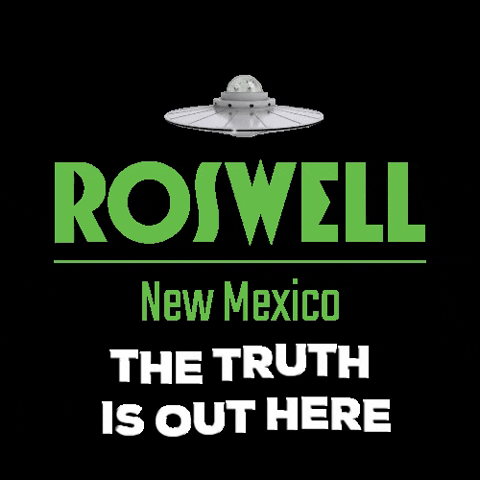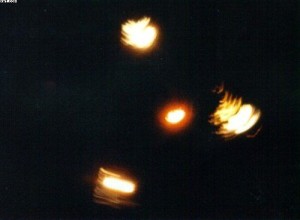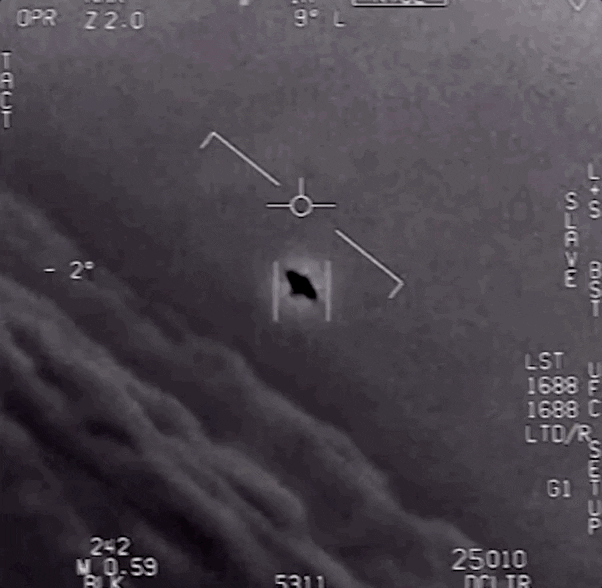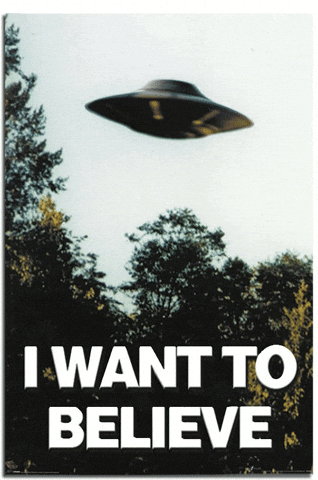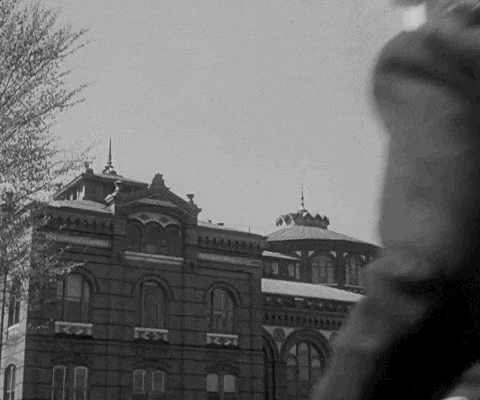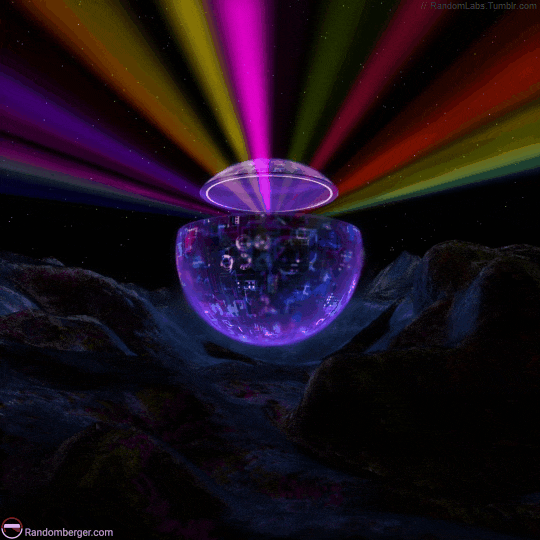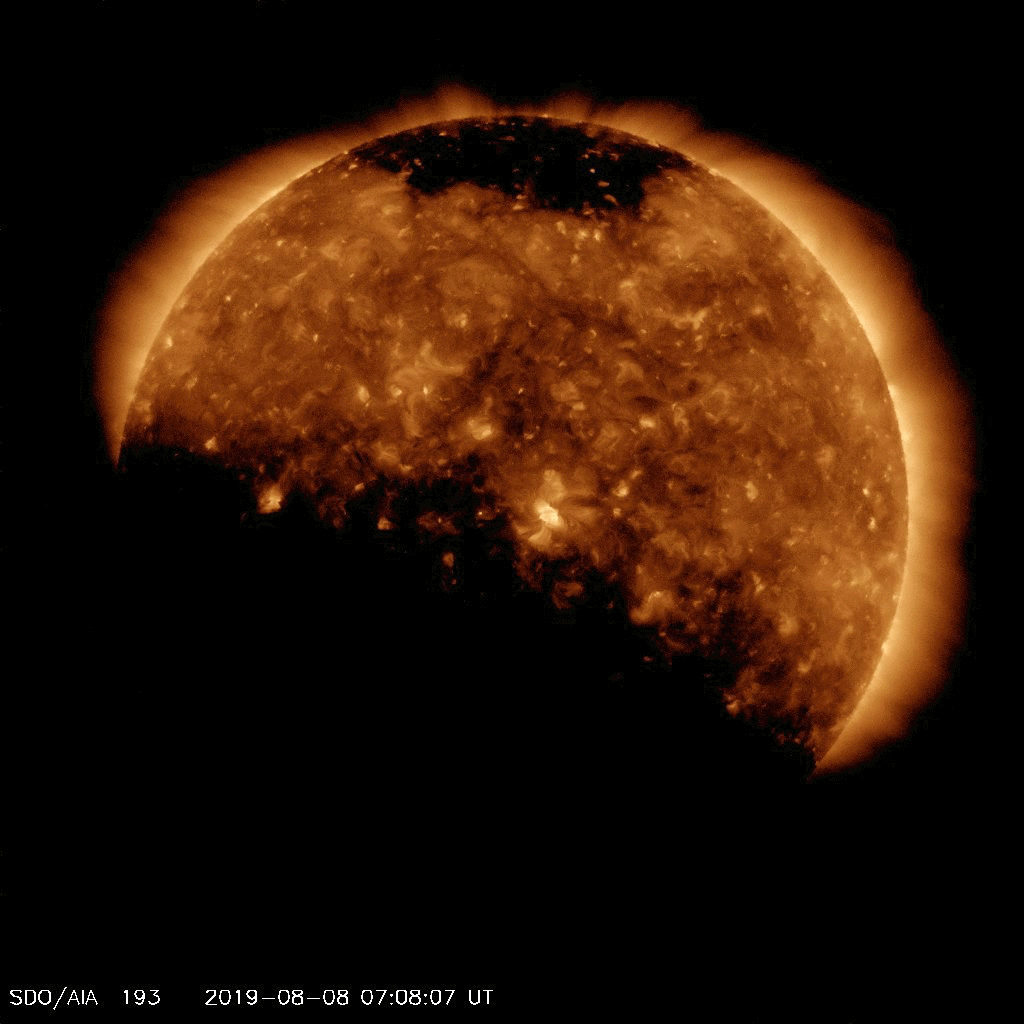Each week we uncover the most interesting and informative articles from around the world, here are 10 of the coolest stories in science this week.
Eclipse Apocalypse?

One month from today, the total solar eclipse of Aug. 21 will make its way across the U.S. from Oregon to South Carolina. As the clock ticks down to the big day, the question is: Are you prepared?
A total solar eclipse occurs when the moon completely blocks the disk of the sun. While partial solar eclipses are common, with two to five occurring around the world each year, a total solar eclipse happens somewhere on Earth only about once every 18 months. The last total solar eclipse touched the continental United States in 1979, and the last to cross from ocean to ocean occurred in 1918. [Read more about the necessary preparations.]
Losing a Son As the Father

The 6-year-old son of Cecil the Lion was shot and killed on July 7 just outside Hwange National Park in Zimbabwe, meeting the same end his father did in 2015, according to news reports.
A private hunter in Zimbabwe reportedly led the hunt that brought down Xanda, though his clients' identities are not known, according to a statement by Lions of Hwange National Park. [Read more about the lost giant.]
Stumbling Block
A 9-year-old boy hiking in the Las Cruces desert in New Mexico recently tripped over what is now thought to be a 1.2-million-year-old Stegomastodon skull.
After realizing Jude had tripped on a fossilized tusk, the Sparks contacted Peter Houde, a biology professor at NMSU who is also the curator-in-charge at the university's The Vertebrate Museum. [Read more about the fossils.]
Deadly Love

A newborn baby in Iowa died this week from an infection with the virus that causes cold sores, which she likely contracted from a kiss, her doctors say. But how does this happen?
In newborns, catching HSV-1 infection from a kiss is "unusual but not unheard of," said Dr. Otto Ramos, medical director of the Division of Pediatric Infectious Diseases at Nicklaus Children's Hospital in Miami. [Read more about the serious virus.]
Stony Birthday

Exactly 218 years ago today, on July 19, 1799, French troops in Rosetta, Egypt, uncovered a striking black stone carved with three ancient texts: two Egyptian texts and a Greek one.
The discoverer of the Rosetta Stone was a French military officer, Pierre François Xavier Bouchard, who spotted it while he and his men were demolishing a wall to extend Fort Julien in Rosetta, a port city now known as Rashid. The troops were part of Napoleon's Egyptian campaign, in which he (temporarily) conquered the country — and brought a bevy of scientists along who were eager to study what was to them unfamiliar land. [Read more about the discovery.]
Heir Apparent

In a surreal development almost worthy of one of his paintings, Salvador Dalí's grave is scheduled to be opened tomorrow (July 20) in an effort to collect DNA samples that could settle a paternity claim against the artist's estate.
A spokesperson for the Dalí estate told AFP that the exhumation was scheduled to proceed on July 20, but an appeal is being filed against the court's decision. [Read more about the family.]
Cracking Up

The trillion-ton iceberg that broke off Antarctica last week will not go quietly into the night.
Satellite images from ESA and the European Union’s Copernicus Program show that the massive iceberg is splintering and a constellation of smaller icebergs are surrounding it. The vagaries of ocean currents and buoyancy of ice will dictate how long the pack of 'bergs travels together. It's possible the smaller chunks could be the first drift north toward warmer waters in the South Atlantic where they would meet their likely demise. [Read more about the iceberg.]
Drone Blaster

The world's first laser weapon — one that can "kill" threatening, airborne drones — is ready for action, according to news sources.
The LaWS laser beam is completely silent and invisible. It's also fast: The laser travels at the speed of light (186,000 miles per second, or about 300,000 kilometers per second), meaning it's about 50,000 times the speed of an incoming intercontinental ballistic missile, such as the one North Korea is testing, the Navy told CNN. [Read more about the laser.]
A Lost Continent

Scientists will soon venture to the world's hidden eighth continent, the sunken land of Zealandia.
In February, scientists argued in the journal GSA Today that Earth has a hidden eighth continent, which should be reflected on maps. [Read more about the eighth continent.]
King Tut's Wife

Famed archaeologist Zahi Hawass and his team say they've found evidence of a tomb that could belong to King Tut's wife.
As for whose remains were buried there, Hawass said the tomb could belong to Ankhesenamun, who was the wife of Tutankhamun (reign 1336-1327 B.C.). Ankhesenamunmarried Ay after King Tut died, so it's possible that her tomb is located near Ay's, Hawass said. [Read more about the tomb.]
Follow Live Science @livescience, Facebook & Google+.


